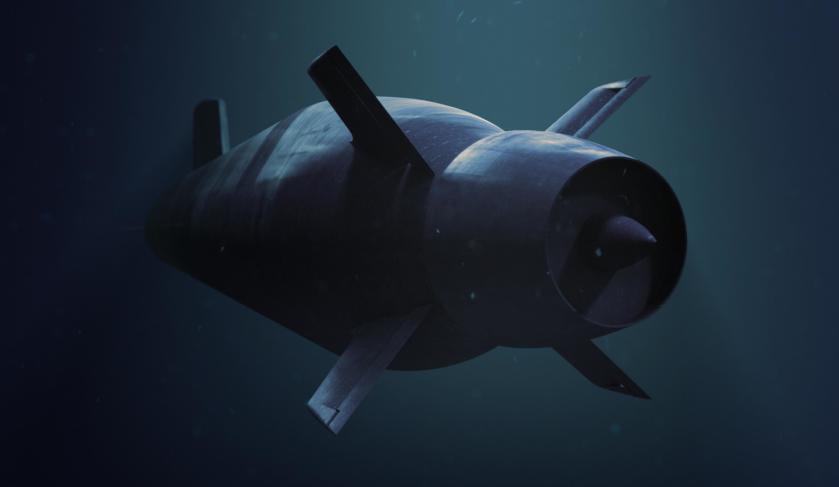DST will be showcasing its support in the cavitation and correlation space for the Australian Defence Force’s maritime activities at the Pacific 2019 international maritime exposition.
To continue reading the rest of this article, please log in.
Create free account to get unlimited news articles and more!
One of DST’s key activities supporting RAN mission survivability, and which will be highlighted at Pacific 2019, is the organisation’s research in the area of hydrodynamics.
Understanding hydrodynamics is critical in evaluating the performance of hull shapes, control surfaces and propulsion for naval platforms. These issues impact a platform’s range, manoeuvrability, acoustic signature and impact fatigue.
Defence scientist Dr David Clarke and colleagues have been developing a range of innovative experimental capabilities, some unavailable internationally, to study hydrodynamics and support Defence in its acquisition, sustainment and understanding of naval platforms, ranging from offshore patrol vessels and guided missile destroyers to crewed and unmanned/autonomous underwater systems.
These new capabilities are implemented in the variable pressure water tunnel, or cavitation tunnel, in the Cavitation Research Laboratory (CRL) at the University of Tasmania (UTAS).
UTAS, DST and Defence have invested significantly in the CRL over more than 20 years. Under the guidance of Professor Paul Brandner, the CRL facilitates unique, world-leading hydrodynamic measurement capabilities enabling DST to conduct high-value experimental investigations in support of Australian Defence and international collaborations. This relationship between DST and the CRL has been active for over 20 years.
The test section where the team test model propellers and appendages is small compared to the overall structure, most of which is dedicated to conditioning the water flow before it reaches the model.
Dr Clarke explained the importance of the work and the impact of the Tasmanian facility in particular, saying, “Apart from the flow being uniform and with low turbulence, the Tasmanian facility is one of only a few in the world that has fine control over nucleation.”
“It has the smarts to strip out small bubbles and inject new ones of the correct size – nuclei are one of the two major components that need to be controlled to investigate cavitation. Local pressure is the other major component,” Dr Clarke said.
One prime example of innovative capabilities on offer is 3D digital image correlation (DIC). To measure the deflection and vibration of items, the team trialled an innovative photogrammetric technique, which had been used before in wind tunnels but not in a cavitation tunnel where the range of refractive indices makes getting suitable image quality difficult. A unique pattern is painted on the item being examined.
By recording and then correlating how that pattern moves from frame to frame through a sequence, you can get well below sub-pixel precision in movement detection.
“We were the first in the world to publish on getting such a capability to work in a cavitation tunnel. The noise floor for measurements is now sitting about 20-30 nanometres,” Butler explained.
It all adds up to DST being able to provide high-quality testing on a mid-range scale to give a good degree of confidence in its computational models. According to Clarke, experimental testing on a larger scale is very expensive. He says testing at an early stage and developing competency in analysing results and understanding the fluid mechanics of a system or component is very valuable.
Stephen Kuper
Steve has an extensive career across government, defence industry and advocacy, having previously worked for cabinet ministers at both Federal and State levels.

 Login
Login








